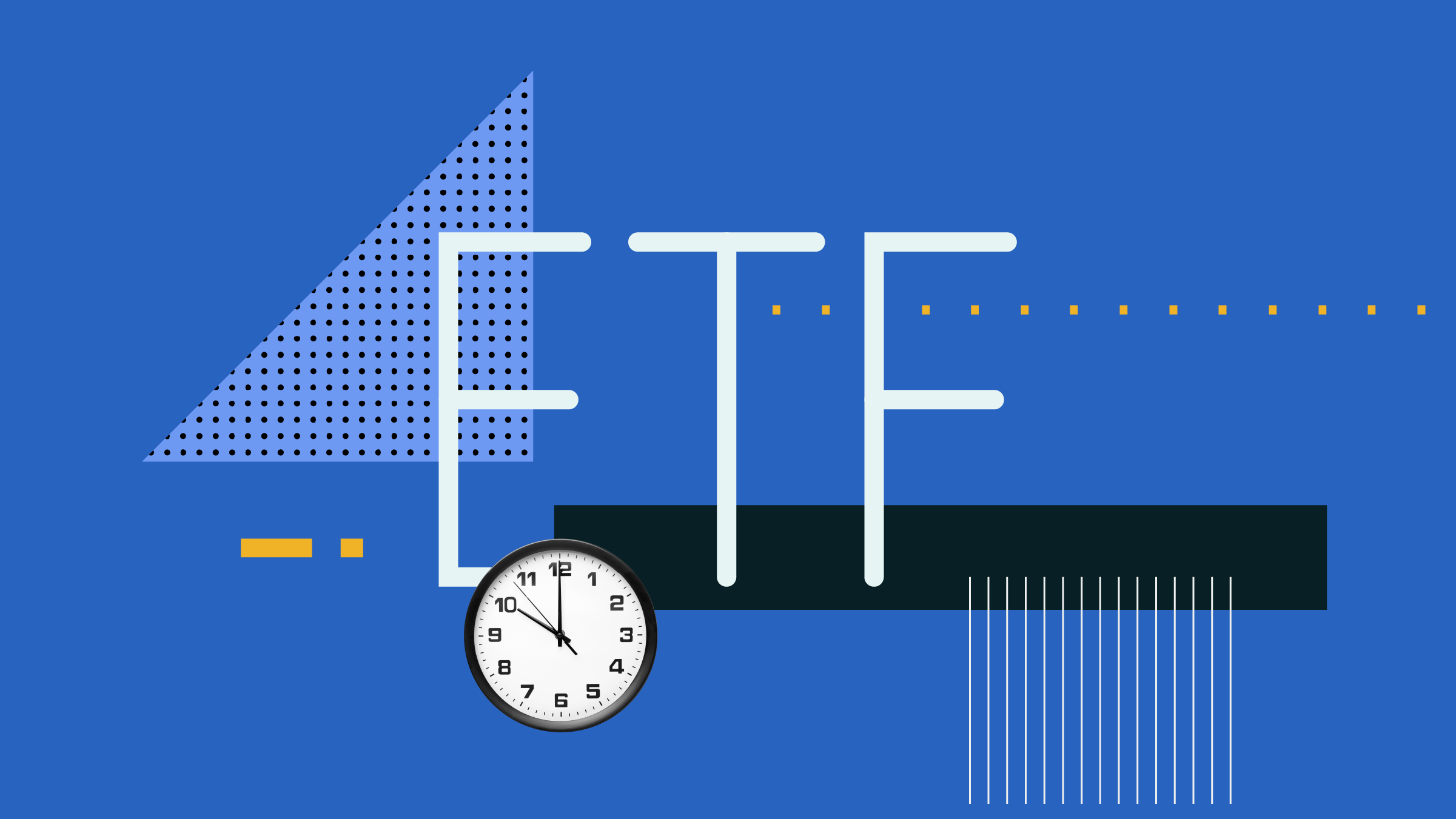Jess Chapman: For Morningstar.ca, I'm Jess Chapman. It's said that no battle plan survives first contact with the enemy. The same is true when your retirement plan is faced with contact from a few major pitfalls. I'm joined by Morningstar's director of personal finance, Christine Benz.
Christine, in retirement, especially, timing is everything, and timing your retirement plan too late is a very unfortunate circumstance.
Christine Benz: It is, and unfortunately this is the most common pitfall that we see, where people don’t get serious about retirement planning until they are, say, in their 50s and they want to retire in 10 or 15 years. The problem is by starting too late, you don’t have that many levers left to fix that plan. So even if you are able to make very generous contributions going forward, even if you make some heroic assumptions about what the market might return over your time horizon to retirement, it may be difficult to make the numbers add up. And the only lever you have at that point is to push retirement further out into the future which, unfortunately, is really the only solution for many folks who start too late. All they can do is keep working for the foreseeable future, because the math of retirement to the date that they’d like to hang it up just doesn’t come together.
Chapman: And I think another major pitfall that comes with that is a too-aggressive asset allocation, because now your time is constrained, you want to raise as much money as quickly as you can, but it doesn’t always work out that way.
Benz: That’s the problem. I think many people who are starting late for retirement do kind of want to put the pedal to the metal. They want to invest in the asset class with the highest potential return, that tends to be stocks, over long periods of time, but you do need to have a sufficiently long time horizon to have stocks work for your benefit. So this is something that we see with late start investors, but we really see it with investors of all stripes, where they started out in stocks, they had a very good experience, investing in stocks, and so they don’t start taking some money off the table as retirement draws close.
So they haven’t steered progressively larger sums to bonds and cash as retirement gets near. That means that their portfolio, as retirement gets close, is way too risky given their time horizon. I would point out, though, that even people who are closing in on retirement and retirees do need to have stocks as part of their portfolio. They need that return potential of company stocks. Bonds and cash at this juncture in particular are barely going to keep up with inflation going forward. So you do need that return potential.
Chapman: As with any portfolio, diversification is the investors' best friend, but some retirees often don’t remember that, do they?
Benz: They don’t, and in some cases employers don’t remember that, and they encourage their employees to invest in company stock. We've all seen horror stories where employees have stuffed a lot of their retirement plans into their employer stock. I had a conversation with our colleague David Blanchett, who heads up retirement research for Morningstar Investment Management. I was asking him about the optimal level of company stock in an individual's retirement plan. He said zero, from a portfolio optimization standpoint, that you have so much of your own personal wherewithal staked with your employer that you don’t want to have your financial capital staked with that employer as well.
Chapman: That makes a lot of sense. Now, let's say the retiree’s assets are all in order. They have the money, but they don’t know what to do with it.
Benz: That’s right. So a big retirement pitfall is not having a clearly articulated withdrawal strategy. Once you get close to retirement it is intimidating to start thinking about pulling out of that portfolio that you spent such a long time building. But it's important to have a clearly articulated withdrawal strategy. So think about what is the sustainable withdrawal rate, given my time horizon in retirement, given my asset allocation, as well as how from a logistical standpoint I'll go about withdrawing money from this portfolio. So will I use a strictly income centric strategy and rely on bonds and dividend paying stocks and other securities that spin off income? Will I potentially tap my highly appreciated winner? So will I use a more total return oriented approach? It's really important to understand what specific strategy you are using for getting money out of that portfolio that you worked so hard to build up.
Chapman: Absolutely. Christine, thanks for taking us through this.
Benz: Thank you, Jess.
Chapman: Visit Morningstar.ca for your investment news and updates.




















